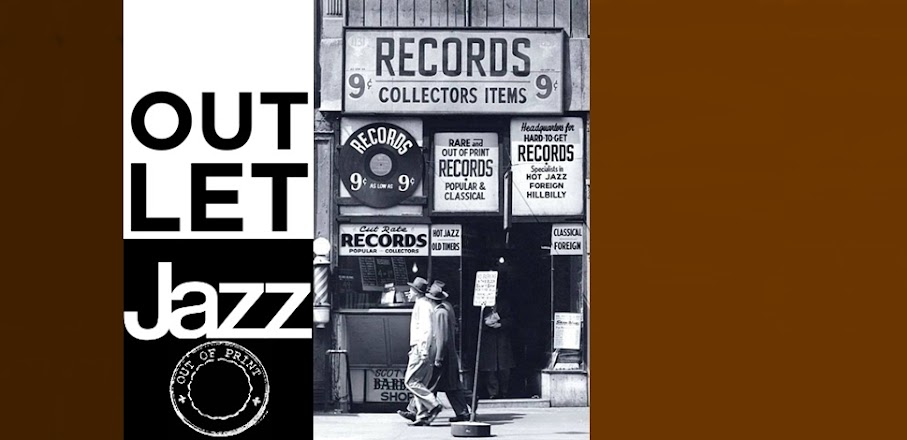There's a cross-dressing quality about the first three tracks on the CD version of Getz Meets Mulligan in Hi-Fi. As you listen to the baritone and tenor saxophones, things seem a little inside out. The baritone has Stan Getz's mildness and the tenor has Mulligan's bouncing attack. In fact, Verve producer Norman Granz recorded those tracks with the two jazz stars on each other's instruments. At first, the switch might seem pointless but it kind of grows on you. Both are lacking slightly, since the baritone doesn't sound nearly as commanding and the tenor doesn't sound as airy or as sweet. But somehow it works as a novelty on "Let's Fall in Love", "Anything Goe" and "Too Close for Comfort", forcing you to hear the instruments differently. Or rather, you wind up listening for the Getz feel on the baritone and the Mulligan feel on the tenor.
By the fourth track—"That Old Feeling"—Getz and Mulligan are on their signature horns for the remainder of the album. Getz is roosted on the high end of the tenor's register and soaring off the top while Mulligan bops along with barking-seal accents on the baritone. That's when the album's pairing of these two giants gels. And how could it not? If they were playing wooden recorders they'd sound great. After Lester Young, they were among the smoothest, most lyrical saxophone swingers of the 1950s
A little history: Shortly after pop albums began appearing on 12-inch albums in 1955, they quickly replaced the 10-inch disc. Better playback equipment was manufactured and marketed to the public as all-in-one, hi-fi consoles. Albums on the larger format were issued with improved audio production and more dynamic instrument placement. They were meant to sound better on these improved units. Album covers proudly exclaimed that the music inside was "in hi-fi" or they used a half-dozen other terms to say the same thing, including "orthophonic sound," "living sound" and "360 sound". Getz Meets Mulligan in Hi-Fi let you hear the two saxophones coming through your console's speaker more distinctly and seemingly in two different places.
As for the three tracks with Getz and Mulligan, Granz revealed in early liner notes that Mulligan was responsible for the swap. In his notes, Granz wrote: "Mulligan suggested at one juncture that they trade horns, so you find that on side one of the album that Getz plays baritone and Mulligan plays tenor; and on the other side they reversed the procedure so that each played his primary instrument—Stan the tenor and Gerry the baritone. The session, by the way, produced a second album, which will be released shortly after this one, so there will be something for fans to look forward to as further minutes of this history meeting".
From these notes, it would seem that the earliest release came on two 10-inch albums, but it's hard to imagine why the 10-inch format would have been used in 1957. As for the rhythm section, Granz writes they were selected by Getz "with Mulligan's approval." They are: Lou Levy (p), Ray Brown (b) and Stan Levey (d).
Stan Getz died in 1991; Gerry Mulligan died in 1996. *Marc Myers*
Getz Meets Mulligan In Hi-Fi
This release presents the complete album Getz Meets Mulligan on HI-FI, including the two last tunes from the session, originally issued on another LP Getz and Mulligan's only collaboration ever in a quintet format. The trade horns on the album's first three tracks, allowing the listener the rare opportunuty to hear Getz on baritone and Mulligan on tenor.
In the original liner notes, producer Norman Granz states that he was interested in the results of a front-line collaboration between saxophonists Stan Getz and Gerry Mulligan.
He also commented that this was the first time they recorded together as the primary horns of a session. Even though this project proved very successful musically and both musicians had known each other long before it was recorded, they would never again play together in this format (at least on records). *jazzmessengers.com*
1 - Let's Fall In Love
(Harold Arlen, Ted Koehler)
2 - Anything Goes
(Cole Porter)
3 - Too Close For Comfort
(Jerry Bock, Larry Holofcener, George David Weiss)
4 - That Old Feeling
(Sammy Fain, Lew Brown)
5 - This Can't Be Love
(Richard Rodgers, Lorenz Hart)
6 - A Ballad
(Gerry Mulligan)
7 - Scrapple From The Apple
(Charlie Parker)
8 - I Didn't Know What Time It Was
(Richard Rodgers, Lorenz Hart)
Gerry Mulligan (baritone sax [#4 to #8], tenor sax [#1 to #3]), Stan Getz (tenor sax [#4 to #8], baritone sax [#1 to #3]), Lou Levy (piano), Ray Brown (bass), Stan Levey (drums).
Recorded in Los Angeles, California, October 12, 1957.



https://1fichier.com/?e02ivg84we04pgiq08gn
ReplyDeleteGracia Hector. Interesante aportación Getz y Mulligan con los saxos cambiados. Suena muy bien.
ReplyDeleteBuena música e interesante cambiazo.
ReplyDelete